www.willhiteweb.com - Hiking, Climbing and Travel
Masada is a fortress built by King Herod the Great atop a lofty natural plateau overlooking the Dead Sea. He fortified Masada between 37 and 31 BC as a refuge for himself in the event of a revolt. The plateaus natural defensive attributes of vertical cliffs are an amazing sight. The cliffs range from 300 to 1,300 feet. This spectacular fortress was only accessed by 3 narrow trails from below up to fortified gates. The fortress was further defended by a casemate wall around the top of the plateau totaling 4,300 feet long and 12 feet high with many towers. Today, you can take a 1,500 foot gondola ride up to the ruins on top of a mesa. Masada was declared a UNESCO World Heritage Site in 2001. The Northern Palace of Masada is constructed against the north most cliff-face as if hanging over the abyss. It is built on three rock terraces, each containing grand rooms and supported by gigantic retaining walls to expand their size. The four bedrooms on the top level had a semicircular balcony that revealed magnificent views of the surroundings, like the Dead Sea and the mountains of Moab. A staircase led to the middle level, a large, round hall surrounded by a colonnade that extended almost to the cliff edge. On the lowest terrace was another large, colonnaded hall adorned with spectacular wall paintings, and a private bathhouse for the palace's residents. Herod also built a large bathhouse atop the plateau for the other inhabitants of Masada. On the top of the mountain Herod built 29 storerooms, each one 27 meters long. Excavations there turned up hundreds of clay pots that could hold huge amounts of food. Herod also hewed 12 gigantic cisterns into the mountainside to collect flood water; they had a capacity of some 40,000 cubic meters, enough to supply water for all the needs of the inhabitants, from drinking water to a swimming pool, bathhouses and agriculture. Thus in a rare combination of natural conditions and human initiative, Masada nearly became an impregnable fortress.
Masada is best known for the violence that occurred there in the first century when Jewish rebels went there to avoid Jewish rule. Within a few years, the Roman legion surrounded Masada and built a circumvallation wall and then a siege embankment against the western face of the plateau, moving thousands of tons of stones and beaten earth to do so. Remains of the Roman siege on Masada are the most complete examples of such a siege in the world. The Roman camps, siege wall and siege ramp are clearly visible from the top of the plateau. Hundreds of ballista balls fired at the fortress by the Romans were found atop the plateau. After the rebels took over Masada, they turned the palaces into their command posts and used them as public buildings. A building near the northern wall, which in Herod's day had been a stable, was turned into a synagogue. Once the rampart was complete after probably two to three months of siege, the Romans breached the wall of the fortress with a battering ram. According to some, when Roman troops entered the fortress, they discovered that its 960 inhabitants had set all the buildings but the food storerooms ablaze and committed a mass suicide. Modern archaeologists have found no evidence of mass burial at the location and only some thirty skeletons have been recovered on the site. The lack of such evidence and the absence of any first person historical references has led to the idea that a mass suicide is a myth.
Due to the remoteness from human habitation and its arid environment, the site has remained largely untouched by humans or nature during the past two millennia. The Roman ramp still stands on the western side and can be climbed on foot. Many of the ancient buildings have been restored from their remains, as have the wall-paintings of Herod's two main palaces, and the Roman-style bathhouses that he built. The synagogue, storehouses, and houses of the Jewish rebels have also been identified and restored. The meter-high circumvallation wall that the Romans built around Masada can be seen, together with eleven barracks for the Roman soldiers just outside this wall. Water cisterns two-thirds of the way up the cliff drain the nearby wadis by an elaborate system of channels, which explains how the rebels managed to have enough water for such a long time.
The Chief of Staff of the Israel Defence Forces initiated the practice of holding the swearing-in ceremony of soldiers who have completed their Tironut (IDF basic training) on top of Masada. The ceremony ends with the declaration: "Masada shall not fall again." The soldiers climb the Snake Path at night and are sworn in with torches lighting the background.
Masada National Park
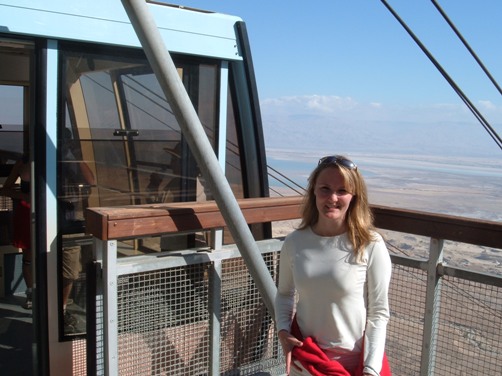
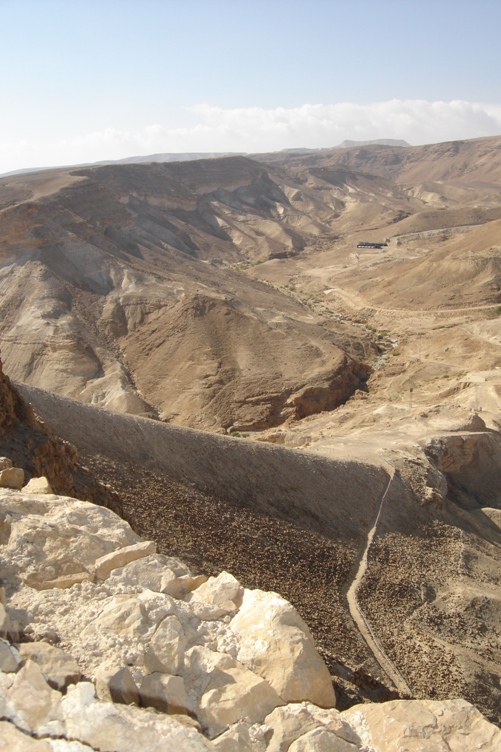
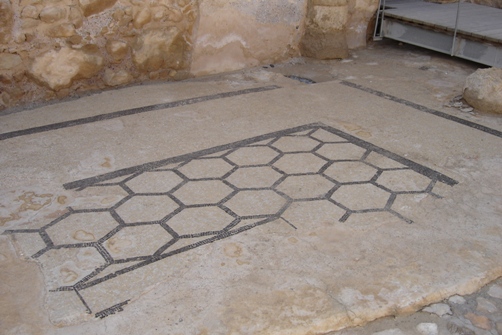
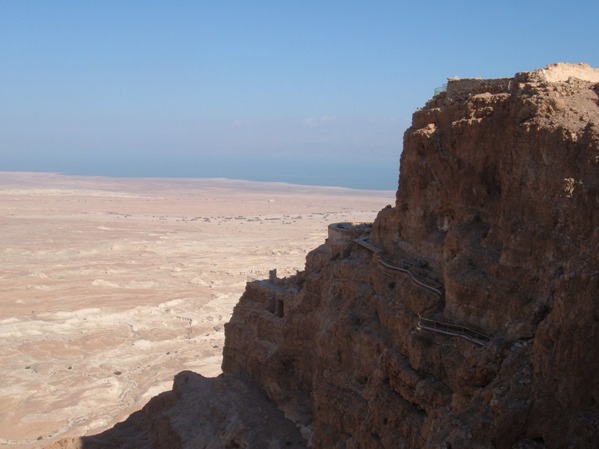
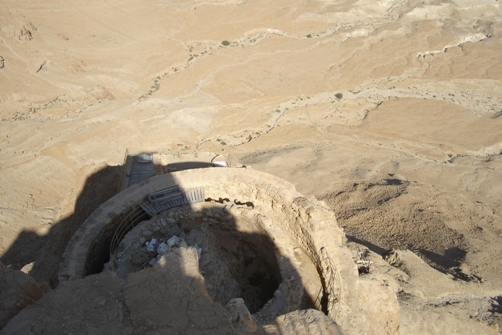
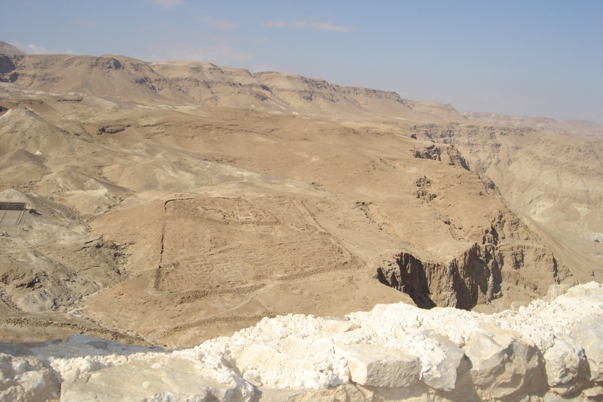
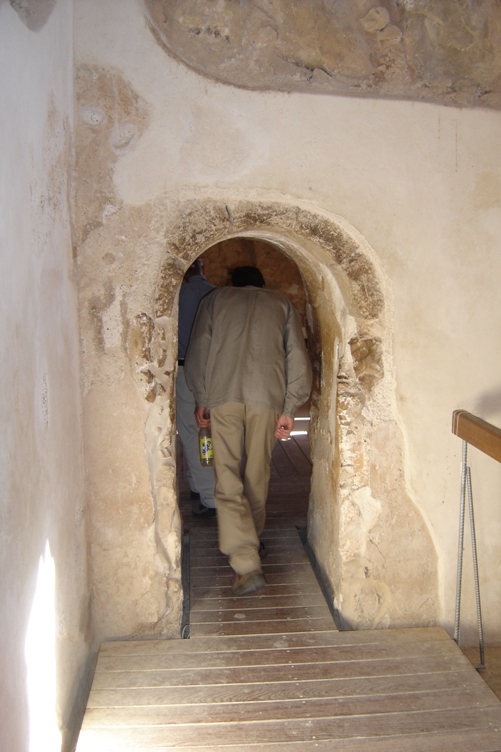
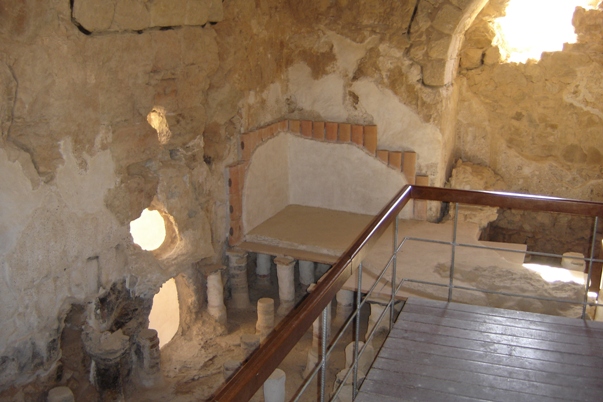
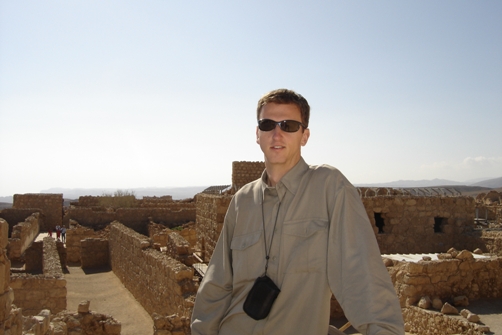
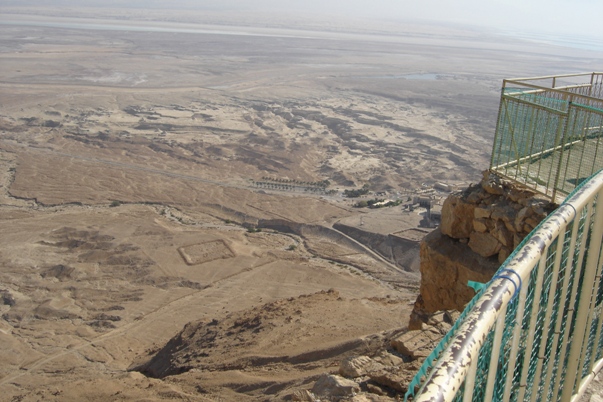
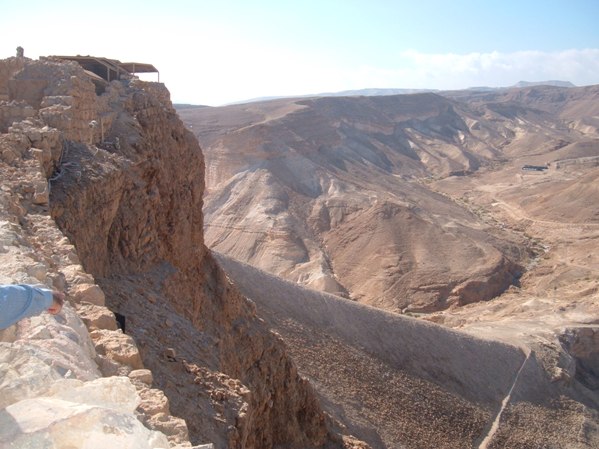
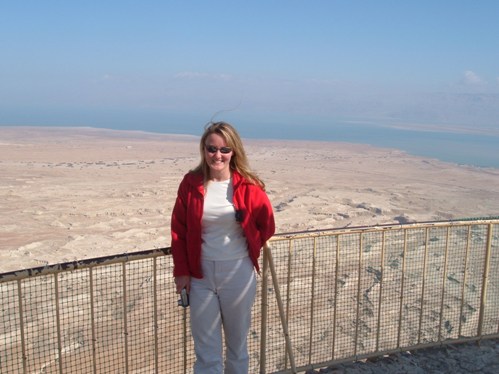
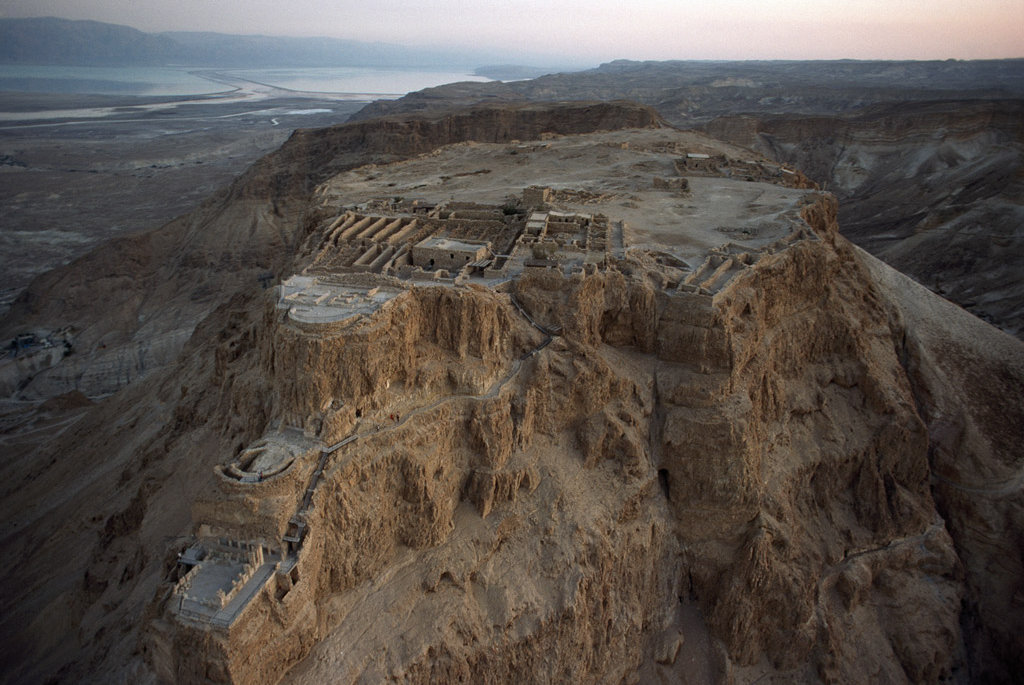
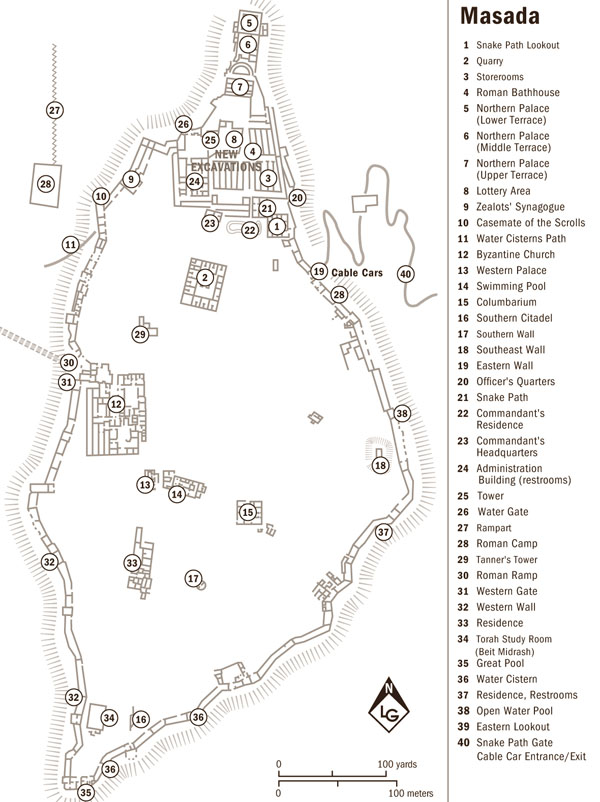
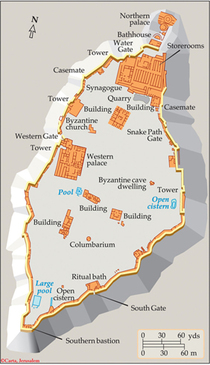
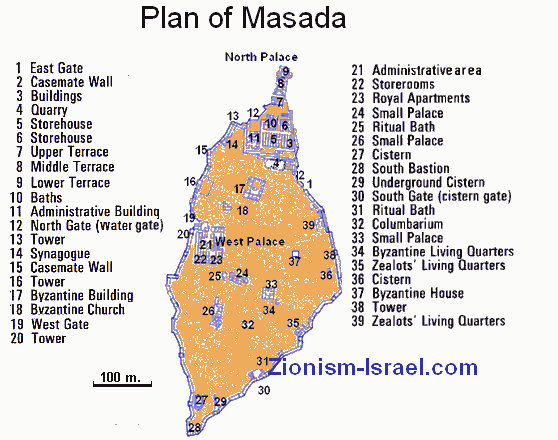
The Roman Ramp
Looking out to the Dead Sea
Going between rooms
One of the rooms
Side profile of the Northern Palace of Masada
Inside the Northern Palace of Masada
Looking down at the second level of the Northern Palace
Roman Camp down below
Looking down at more Roman camps
Other structures around Masada
The Roman ramp
The gondola ride up















